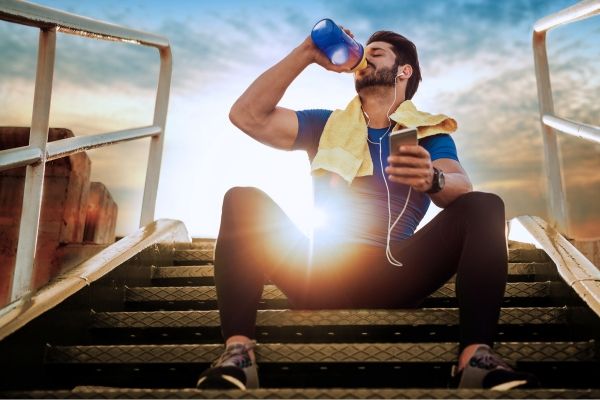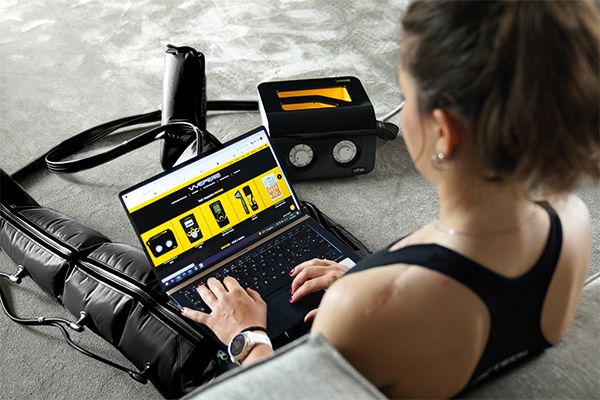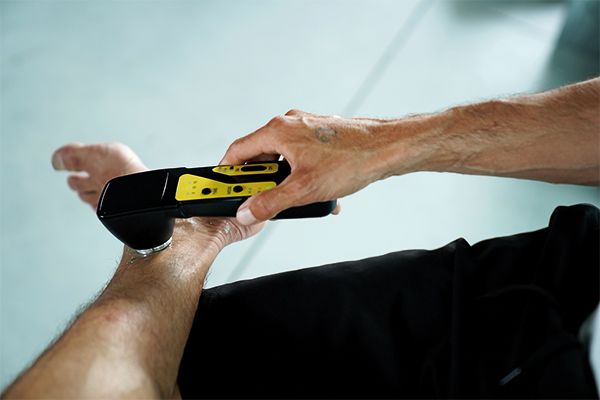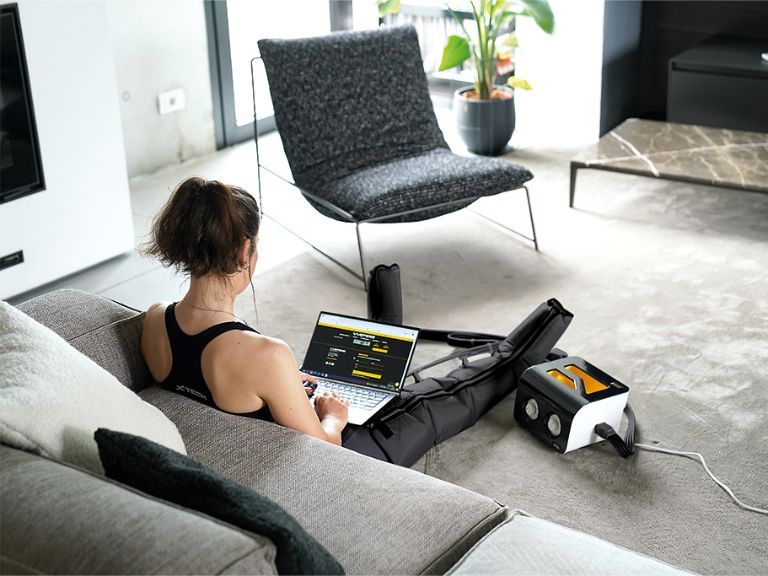After a spring that was more reminiscent of an autumn than a gateway to summer, we find ourselves in a period of intense heat, dense with competitions, in which we can devote more time to training, thanks to more free time and more hours of daylight. A great combination, but one that is good to manage properly so as not to sovraccarication. In fact, let us keep in mind that, precisely because of the high temperatures, it is necessary to pay proper attention to both nutrition and proper hydrosaline supplementation.
Workloads
High temperatures, particularly in combination with fisical activity, result in a high loss of fluids and minerals that need to be replenished during both competition and training, and not only at the end of sessions. It is important to take this aspect into account at every stage of the races, including fractional training. Thus, high temperatures tend to increase the importance of recovery phases after competitions and after training precisely because of a high loss of fluids and salts, as well as an additional energy dispendence related to maintaining homeothermia.
I for integration

The importance of water and mineral salt supplementation is fundamentalvalid phases of competitions and in even fractionated training. In order to allow proper disposal of catabolites produced by muscle activity, which would otherwise result in greater overload, increasing the risk of both mild and severe muscle problems.
Post-competition and post-training recovery is perhaps the time of greatest importance for stabilizing performance improvements, and it is even more so at particularly dense times of activity; proper planning and optimization of recoveries, including using instrumental support, if available, are of great help in improving as well as increasing performance levels.
Training hard without giving the body the opportunity to adapt, with rest and selective recovery, to the stresses imposed during training and competitions more easily leads to overreaching, (reversible overtraining), or even over training (irreversible overtraining without a forced stop).
Managing after competitions
Competition ypically demands a higher level of fatigue than you can replicate during training, which is even more true for amateur athletes even at a good level. Therefore, it is a good idea to devote some time to a post-competition recovery phase in order to cover this event-induced fatigue gap.
If you do not have tools that can help in the recovery phase, it is a good idea to engage in a low-intensity aerobic-based activity: it would be ideal to pedal for at least 10-15 minutes on the flat with an agile ratio at a pace that is comfortable. Activity, this, which keeps the aerobic metabolism active, in favor of restoring it to near-resting conditions; particularly with this activity:
- re-metabolism of lactic acid is promoted by raising pH levels toward a normal value;
- maintenance of high blood flow and reflux is facilitated, which promotes catabolite disposal and oxygen delivery to peripheral muscle tissues;
- recovery of energy substrate storage at muscle li- vation is increased.
The right tools

Have specific tools available to optimize recovery is a very useful opportunity by optimizing both the time needed for recovery and its efficiency. In this way, in addition to be ready more quickly for a training session or other competition, the incidence of D.O.M.S. (Delayed Onset Muscle Soreness) and the risk of muscle injury is also reduced.
In particular, pressotherapy is an easy-to-manage tool that provides a high level of comfort during treatment; moreover, it is able to partially vicariate active cool-down activity by maintaining high peripheral blood flow and reflux, without doing additional physical activity.
To limit the risk of injury

Muscle fatigue, as well as systemic fatigue, can increase the risk of both minor and more severe injuries. A tired muscle, which has not recovered enough and which is required further intense activity, starts from a disadvantaged condition, suffering a higher level of stress than other muscle districts that have recovered better from fatigue.
The best way is not only to be able to heal an injury quickly, but to limit its incidence of it. A proper fatigue recovery is an excellent starting point, because in a short time it will reduced the incidence of injury.
In addition to pressotherapy, the use of portable ultrasound can also be very useful in achieving this purpose. This tool, which is normally perceived for therapeutic purposes, to treat specific pathologies, it also has a preventive purpose if used correctly.
A selective treatment, performed with a low intensity ultrasound on a muscle that is perceived to be fatigued or “hardened” at the end of training or competition, has a similar function to that performed by a deep manual treatment. This type of device is also used at the professional level to be effective without necessarily having to intervene with invasive manuals or to use too frequently fascial treatments. Often in selective treatments it is chosen to combine the treatment with ultrasound to manual one exploiting the effectiveness of low frequency ultrasound, in the order of 1 Mhz, and to have a high permeability reaching the deep layers of the muscles and using manual techniques for the treatment of the most superficial layers, treatment that can be vicariated independently with massage guns or rolls.

